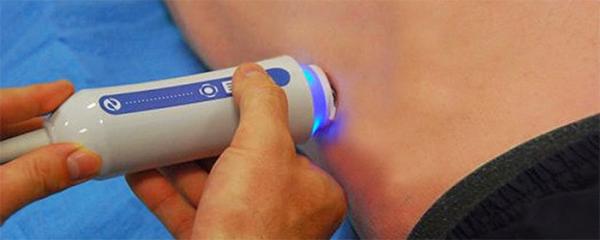Why are liver protection and care is essential after hepatitis treatment?

When someone went through hepatitis C treatment and achieved a successful SVR (sustained virologic response), it can be considered as cured. But liver protection and regular monitoring are still required depending on the condition of your liver at the time treatment ended. And here is why:
For a starter, curing hepatitis C means that the viruses in the body is gone, and you can’t infect anyone else, but you could still get a new hepatitis C infection or other hepatitis infection.
And if you have cirrhosis, which means that your liver cells are still damaged, and liver function is low, and liver disease isn’t cured. In many cases, the liver is unable to recover itself back to its original condition on its own, especially in the later stage of cirrhosis. Cirrhosis patients may require medical follow-up, especially regular checks up for liver cancer, as new research and users reports show that there are cases of aggressive liver cancer after using some of the new hepatitis C treatment.
The experts at the HCV Guidelines recommend quantitative HCV viral load testing at 12 weeks following completion of therapy. The guidelines recommend testing viral load using a sensitive polymerase chain reaction (PCR) assay.
For those with stage F-3 or F4 who achieve an SVR, twice-yearly ultrasound examination is recommended, as people with cirrhosis (or near-cirrhosis) are at risk for developing hepatocellular carcinoma. If cirrhosis is present, a baseline upper endoscopy is recommended.
Also, when there is cirrhosis or liver damage in the liver, it means that the liver is not in its strongest status, and hepatitis C isn’t the only liver disease we can get. Fatty liver disease, alcoholic liver disease and NASH could also lead to further liver damage.
Research shows that with extra support to the liver, it can help to protect and restore liver function and reduce the risks of liver cancer by preventing further liver injury, which could be a life-saving precaution for people who have weak liver after curing hepatitis C.
Regular monitoring of liver health level can help to prevent diseases progressions and get early treatment if needed.
Other key points to remember is alcohol, poor diet, lack of physical activity, diabetes, some medications, and toxins can injure the liver, while vaccination can protect you from hepatitis A and B.
If you have cured hepatitis C, but still have cirrhosis or problems with low liver function, you may consider using liver therapy for extra liver support.
- * All research and clinical data should be used as reference purposes only, results may vary.






